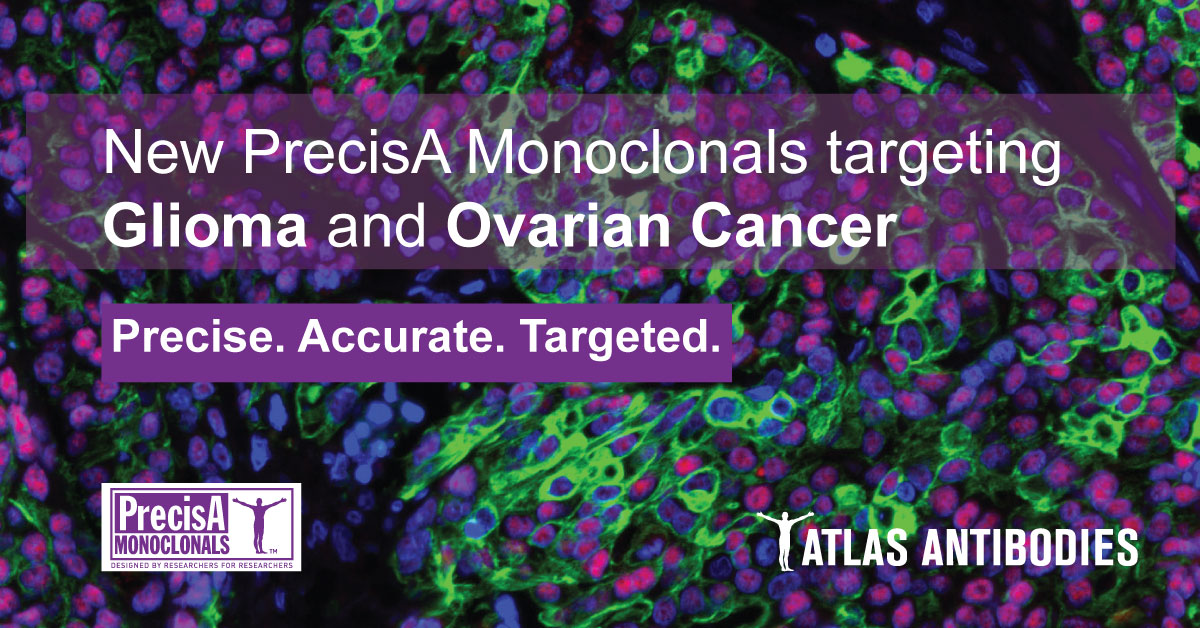Still not enough? Explore the database of the image!
Immunohistochemistry has proven its utility to help identify specific cell populations based on a characteristic gene expression signature. It is also useful to precisely define the cell type responsible for the expression of a gene in normal tissues or confirm spatial gene expression differences between species.
Clicking on the primary data section takes you straight to the stained images from 44 normal human tissues, including 76 distinct cell types. Pathology-based annotation of protein expression has been carried out for all tissues and images. The immunohistochemistry images can be seen in high resolution by clicking on the various tissues.
Figure 3. Example of Mast Cell Expressed Membrane Protein 1 (MCEMP1) staining. MCEMP1, a fairly uncharacterized gene found to encode a single-pass transmembrane protein expressed in human mast cells, displays a group enriched expression in bone marrow, along with lung and appendix. Images from the Human Protein Atlas.Antibodies have been selected to demonstrate the expression patterns of well-known proteins and to reflect antibodies used in clinical diagnostics to determine the nature of a given cancer. For certain antibodies, the corresponding protein expression pattern is shown in both normal and cancer tissues. For each exemplified protein there is a short descriptive text including the clinical usefulness of the corresponding antibody.
Understanding disease using the tissue-based atlas
Histology is defined as the study of the microscopical anatomy of cells. Assessment of histology provides important and basic information for our understanding of biology and medicine. Histology is also an integral part of pathology and microscopy-based diagnostics. The Tissue Atlas interactive database is aimed at researchers interested in basic research into human biology as well as those working in translational medicine, enabling them to ask new questions regarding protein expression in different tissues.
Resolving the molecular details of proteome variation in the different tissues and organs of the human body would greatly increase our knowledge of human biology and disease. Proteomics studies are, in fact, highly valuable because proteins represent the actual functional molecules in the cell so when mutations occur in the DNA, it is the proteins that are ultimately affected 2. Those genes, and proteins, with an elevated expression in a particular tissue, play important roles in organ physiology and are interesting starting points to understand the biology and function of the human body.
Moreover, a careful examination of relationships between protein expression signatures and clinical pathology parameters can unveil the molecular basis of toxicological effects on pathophysiological pathways at the level of the entire organism. This has important implications for therapeutics, diagnostics, and the identification of new drug targets and biomarkers.
Are you ready to dive into it? Type your protein into the Human Protein Atlas and put it into practice!
Readings
Uhlen et al, (2015) Tissue-based map of the human proteome. Science, Vol. 347, Issue 6220,
William C.S.C. (2007) Proteomics Technologies and Challenges. Genomics Proteomics Bioinformatics. 2007; 5(2): 77–85.




